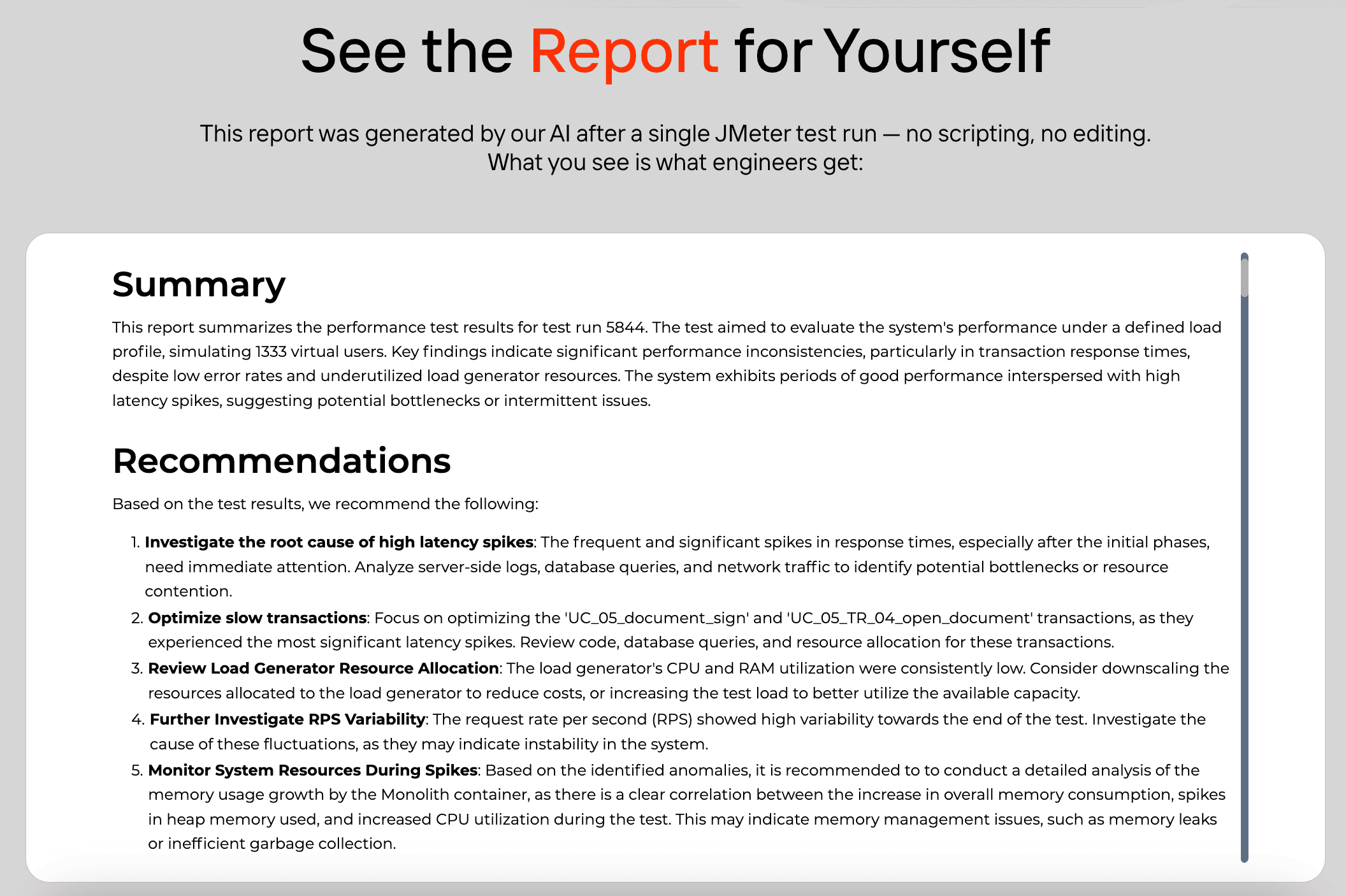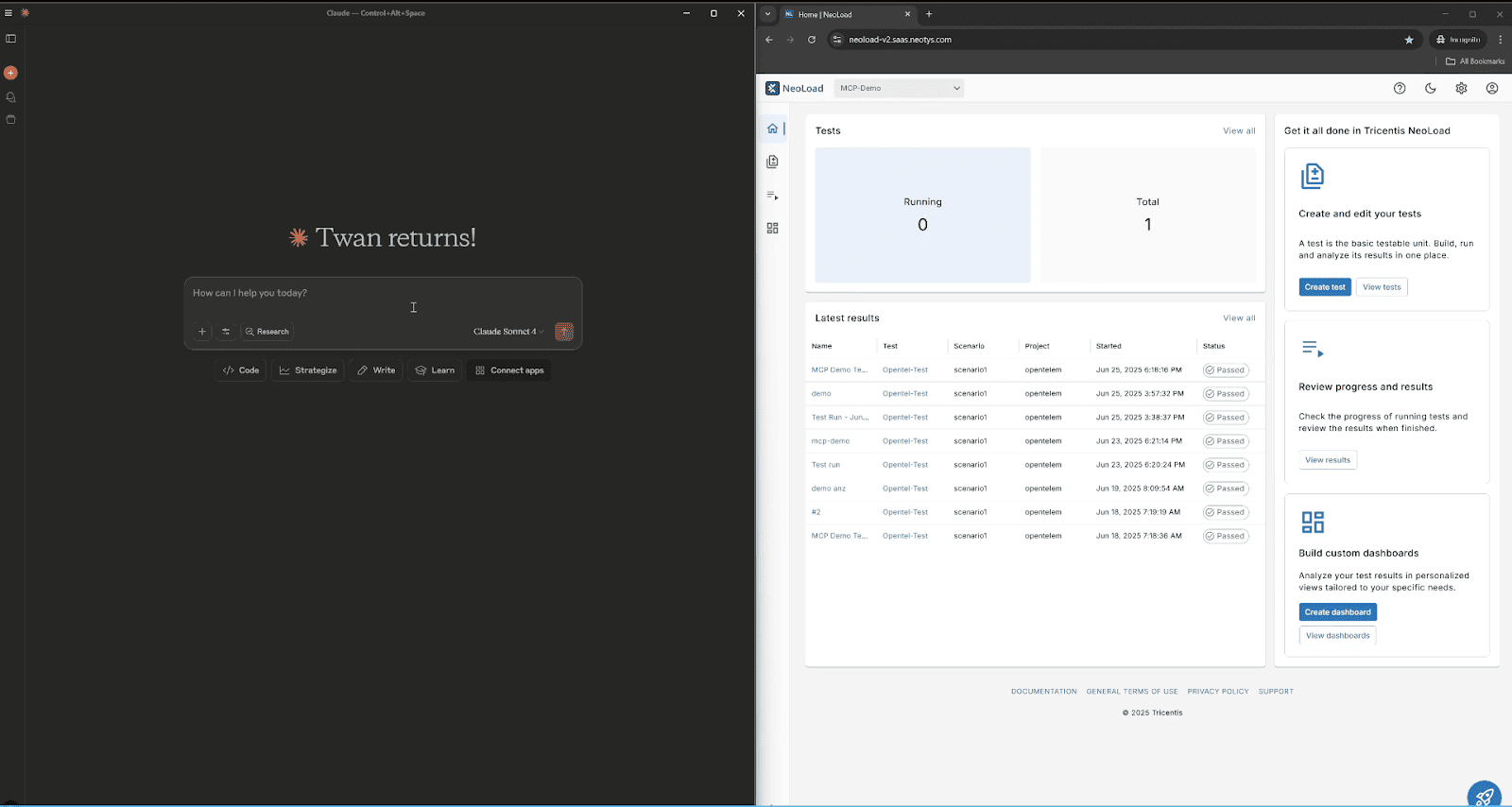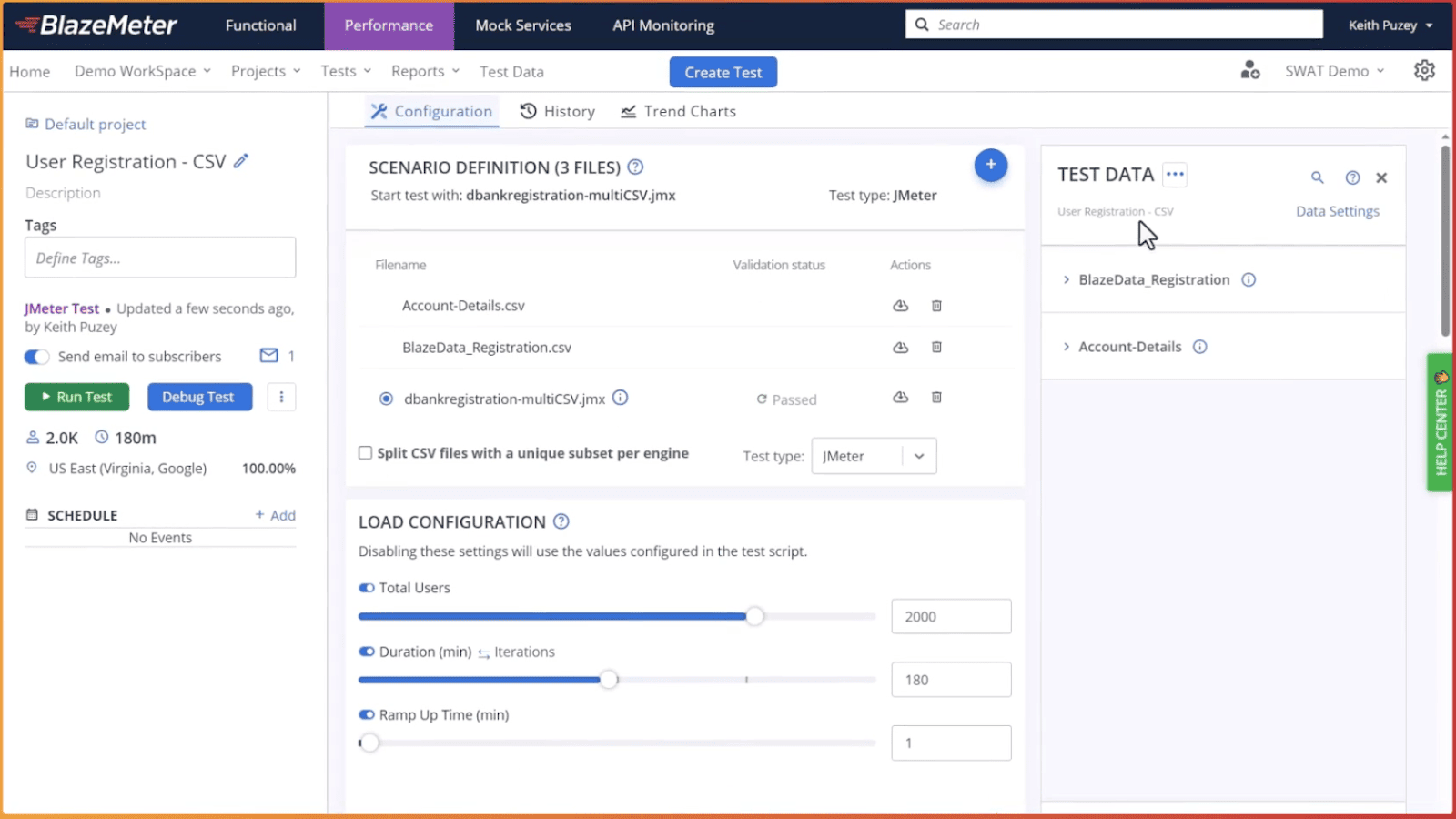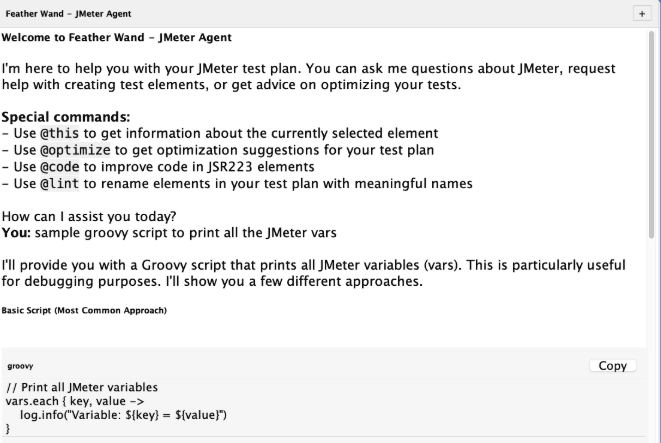AI in Load Testing: Tools, Capabilities, Limitations, and Future Trends
Load testing has always been essential for ensuring applications can handle real-world traffic, but the process traditionally demands deep technical expertise, time-intensive setup, and painstaking manual analysis. AI is changing that.
By automating scenario creation, optimizing test parameters, and delivering clear, data-driven reports, AI is lowering the barrier to entry and speeding up feedback loops. In 2025, several load testing platforms have moved from theory to practice, offering AI capabilities that can be used today — while others remain in experimental stages.
AI in Load Testing Today
AI for Test Authoring & Operations
PFLB
NeoLoad MCP (Tricentis)
BlazeMeter AI Test Data
Featherwand
Where AI Is Absent or Experimental
k6
Gatling
AI-Generated Network Sniffers
Limitations of AI in Load Testing
AI features in load testing tools have clear benefits, but each comes with constraints that affect reliability, scope, and adoption. These limitations are tied directly to how AI works in practice today — from data quality to integration dependencies — and they should be factored into any implementation plan.
Scope of AI Features
Data Quality and Model Context
Lack of Real-Time Adaptation
Integration Fragility
Risk of Over-Reliance on AI
Emerging AI Trends in Load Testing
AI in load testing is still evolving, with most current features covering specific, well-defined tasks. However, several trends are starting to reshape how performance testing will be conducted in the next few years. These developments are based on real vendor roadmaps, industry experiments, and patterns in adjacent testing technologies.
Fully AI-Run Load Testing Scenarios (PFLB Development)
Expansion of Natural-Language Interfaces
AI-Driven Synthetic Data at Scale
Embedded AI Authoring Inside Open-Source Tools
Pre-Run Test Design Optimization
Towards Real-Time Adaptive Load Testing
Cross-Integration with AIOps Pipelines
Conclusion
AI is reshaping load testing by lowering skill barriers, speeding up test creation, and delivering faster insights. Current capabilities focus on specific stages — authoring assistance, synthetic data generation, and post-run reporting — rather than replacing the full process.
Limitations remain: results depend on data quality, most systems don’t adapt in real time, and end-to-end autonomous testing is still in development. Even so, the trajectory is clear. As AI integrates more deeply into the testing lifecycle, it will shift performance testing from a specialist task to a more collaborative, continuous practice — with humans guiding strategy and AI handling execution and analysis at scale.
Related insights in blog articles
Why Averages Lie: Mathematical Methods for Load Testing

Relying on “average” metrics alone makes load testing surprisingly inaccurate. In this article, we’ll show how to avoid the usual traps and walk through practical techniques for mathematically modelling a workload profile, from analyzing variance and correlations to spotting Simpson’s paradox and validating the final model. When a company moves to a new system, the […]
UI Load Testing: Full Guide
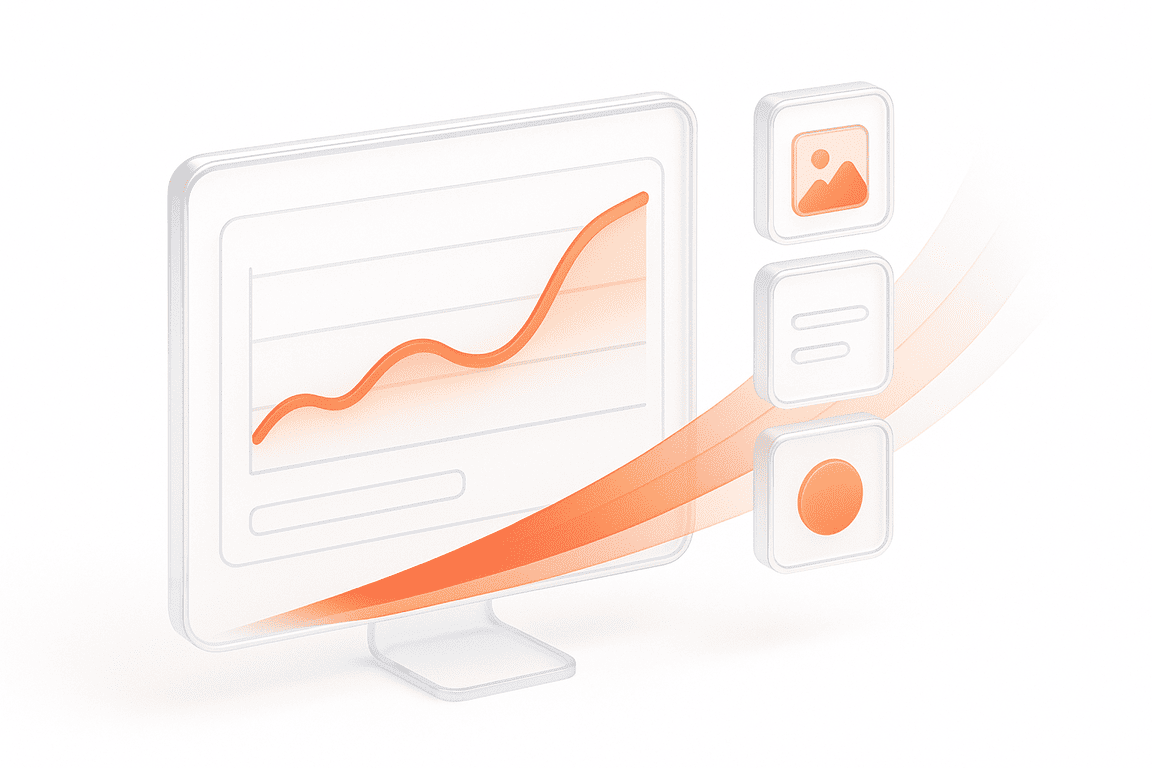
When an application starts to slow down, users notice it immediately. Pages hesitate to load, buttons lag, animations freeze for a split second, and that’s often enough to make someone close the tab. These issues rarely come from the backend alone. In most cases, the real strain appears in the browser, where scripts, styles, and […]
Internet of Things Testing: Benefits, Best Practices, & Tools for Reliable Connected Systems
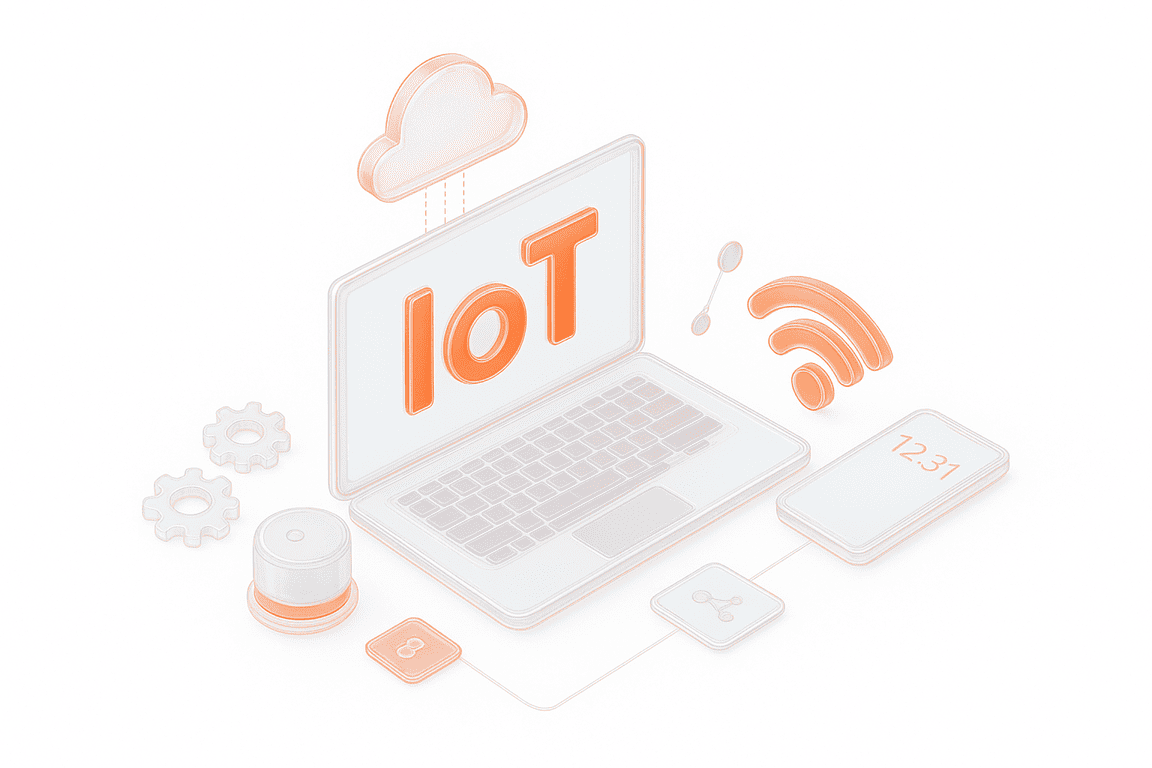
IoT is an ecosystem of devices connected through networks and relying on cloud or app services for endless communication, data exchange, and smart automation. For this ecosystem to work seamlessly 24/7, it heavily depends on IoT testing. Apart from impeccable performance, the latter guarantees the reliability, protection, and integrity of diverse devices, networks, apps, and […]
Swagger API Testing: What It Is, How It Works, and Best Practices for QA Teams

Testing APIs without proper documentation can feel like walking through fog — every endpoint is a guess, every parameter a risk. But not with Swagger UI API testing. Swagger turns static API definitions into a live, interactive interface where developers and QA teams can validate endpoints, check request/response schemas, and explore the system in real […]
Be the first one to know
We’ll send you a monthly e-mail with all the useful insights that we will have found and analyzed
People love to read
Explore the most popular articles we’ve written so far
- Top 10 Load Testing Tools for 2025: The Deep Dive Sep 9, 2025
- Cloud-based Testing: Key Benefits, Features & Types Dec 5, 2024
- Benefits of Performance Testing for Businesses Sep 4, 2024
- Android vs iOS App Performance Testing: What’s the Difference? Dec 9, 2022
- How to Save Money on Performance Testing? Dec 5, 2022


